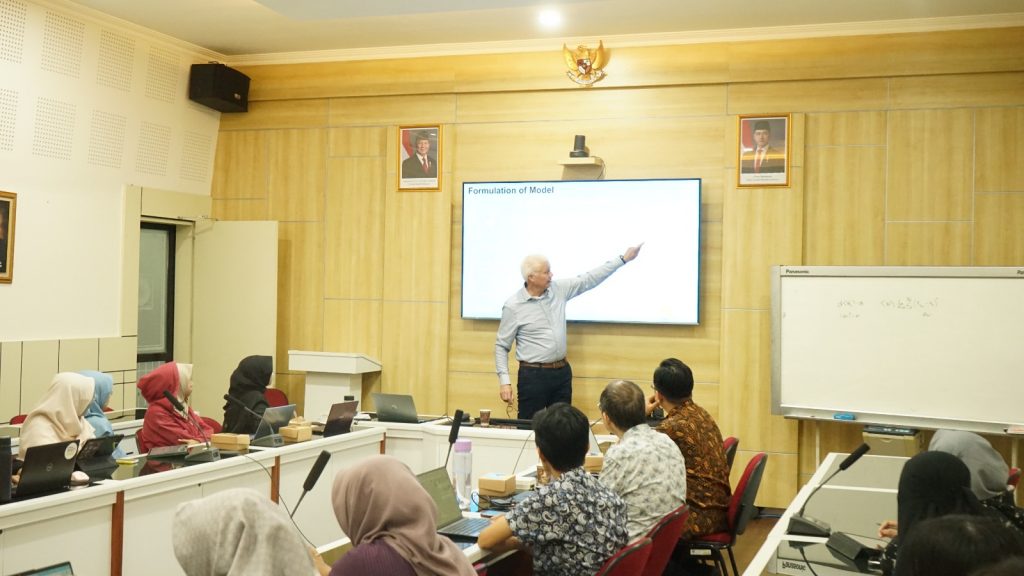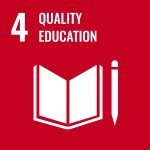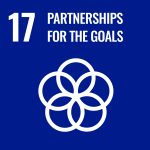 Yogyakarta, July 4, 2025 – The Applied Mathematics Laboratory of the Department of Mathematics, FMIPA UGM, successfully held an Applied Mathematics Colloquium titled Differential Equations and Its Applications on Thursday, July 3, 2025, in Meeting Room 1, 3rd Floor. The event, which ran from 09:00 to 12:00 WIB, attracted academics, researchers, and students interested in differential equations and their applications across various scientific disciplines.
Yogyakarta, July 4, 2025 – The Applied Mathematics Laboratory of the Department of Mathematics, FMIPA UGM, successfully held an Applied Mathematics Colloquium titled Differential Equations and Its Applications on Thursday, July 3, 2025, in Meeting Room 1, 3rd Floor. The event, which ran from 09:00 to 12:00 WIB, attracted academics, researchers, and students interested in differential equations and their applications across various scientific disciplines.
The colloquium was officially opened by Dr. Dwi Ertiningsih, S.Si., M.Si., Head of the Applied Mathematics Laboratory, who delivered a warm welcome emphasizing the importance of collaboration and scholarly dialogue in advancing applied mathematics.
The main session featured a distinguished expert from the Delft Institute of Applied Mathematics, Delft University of Technology, Dr. Wim T. van Horssen. With over 40 years of academic contributions and currently serving as Director of Teaching Services at TU Delft, Dr. van Horssen presented two highly relevant topics.
The first presentation, titled Reflections of Waves Induced by a Non-linear Tuned Mass Damper System, explored how mechanical systems involving mass and stiffness–such as bridge cables, elevators, musical instruments (like guitars), and power transmission lines—are vulnerable to vibrations. To model and understand the mechanisms of wave damping and reflection in such systems, the Initial Boundary Value Problem (IBVP) method is employed, applying the well-known D’Alembert formula to construct solutions. Dr. van Horssen concluded that even very small damping coefficients significantly influence wave reflection behavior, showing considerable variation with only minor changes in coefficient values. He also highlighted how non-linear damping systems generate trapped waves, which increase both wavelength and energy.
The second presentation, The Analysis of Transversal Vibration of Pipes Conveying Pulsatile Fluids, focused on the general solution approaches found in the literature, and resonance cases including specific resonance frequencies. Dr. van Horssen emphasized that premature truncation may eliminate crucial interactions—especially in higher modes—which could, in turn, impact the results in resonance analysis.
In addition, the colloquium also featured Dr. Eric Harjanto from the Bandung Institute of Technology (ITB), who presented a talk titled Multiple Time-Scale Perturbation Method in the Actuated Beam Problem. Dr. Harjanto centered his discussion on the most intriguing subharmonic cases within the actuated beam problem. He concluded by stressing the importance of identifying resonance frequencies for parameters α and β, as well as their relevance in nano-scale applications.
As an additional note, the colloquium also served as a platform to promote the upcoming 2026 Workshop on Differential Equations and Its Applications. This biennial workshop has previously been held at ITB (2015), UNSRI (2017), UGM (2019, paused during the pandemic), and UGM again in 2024. The next workshop is scheduled to take place at UNESA from late July to early August 2026. The event will feature a series of lectures followed by mini-project presentations by student groups. Awards will be given to the best presenters, who will also have the opportunity for pre-selection into Ph.D. programs at UGM, ITB, or TU Delft.
The colloquium is expected to stimulate further research and foster inter-institutional collaboration in applied mathematics, particularly in the study of differential equations and their real-world applications.

 Keywords: Applied Mathematics, Differential Equations
Keywords: Applied Mathematics, Differential Equations
Writer: Shafira Fauzia Untsa
Photo: Fathan Rasyid Rahmadhan
